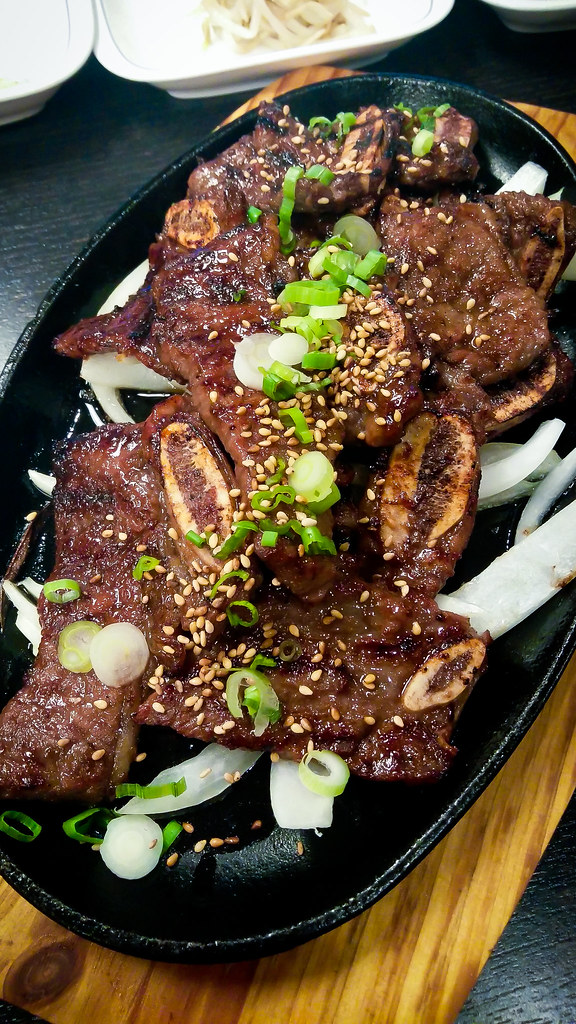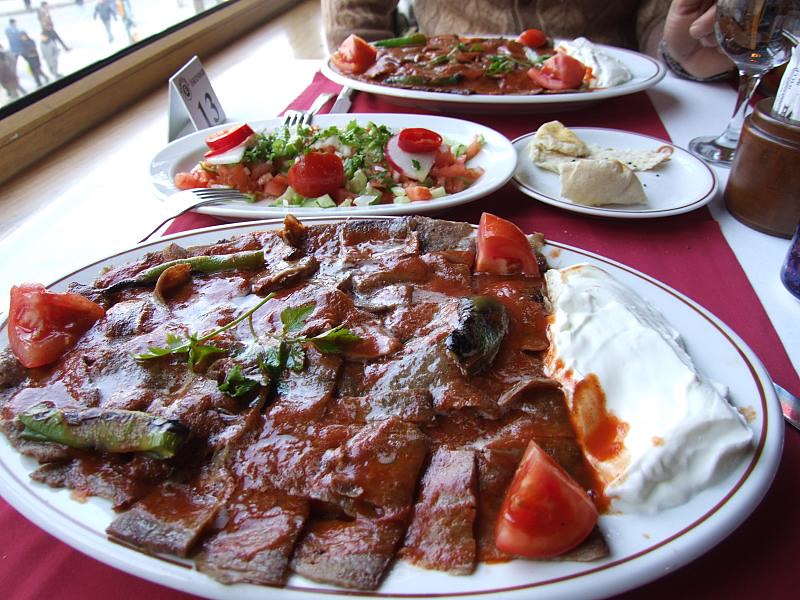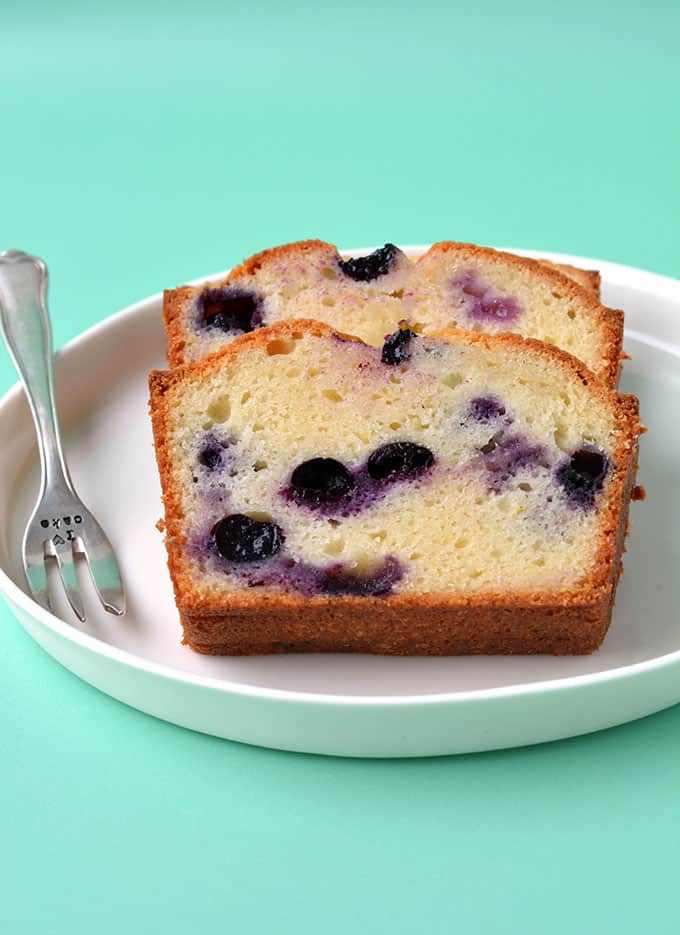
Introduction
Korean Japchae is a popular Korean dish known for its delicious combination of sweet and savory flavors. Made with glass noodles, vegetables, and protein, this dish is a sure crowd-pleaser loved by many. In this post, we will explore the history, ingredients, preparation steps, and nutritional information of this delightful dish.
Origin and History Of This Recipe
Korean Japchae, also known as Chap Chae, originated in Korea and dates back to the Joseon Dynasty. It was traditionally prepared as a royal dish and later became a popular everyday meal enjoyed by Koreans of all backgrounds. The dish is a symbol of celebration and togetherness, often served at special events and gatherings.
Tings To Expect In This Post Article
In this post, we will discuss the history and origins of Korean Japchae, list all the necessary ingredients for the recipe, provide step-by-step instructions on how to make it, offer nutritional information per serving, share personal insights, and provide tips and tricks to enhance the cooking experience.
Ingredients List
- 8 oz Korean glass noodles
- 1/2 lb beef (sirloin or ribeye), thinly sliced
- 1/4 cup soy sauce
- 2 tbsp sesame oil
- 1 tbsp sugar
- 1 onion, thinly sliced
- 2 cloves garlic, minced
- 1 carrot, julienned
- 1 red bell pepper, thinly sliced
- 4 oz spinach
- 4 oz shiitake mushrooms, sliced
- 2 green onions, chopped
- Sesame seeds for garnish
- Salt and pepper to taste
Preparation Steps
- Soak the glass noodles in warm water for about 20 minutes or until softened. Drain and set aside.
- Marinate the beef with soy sauce, sesame oil, and sugar for at least 30 minutes.
- In a large pan, stir-fry the beef until cooked through. Remove from the pan and set aside.
- In the same pan, sauté the onion and garlic until fragrant. Add the carrot, bell pepper, spinach, and mushrooms. Cook until vegetables are tender.
- Add the cooked beef and glass noodles to the pan. Stir in the green onions and season with salt and pepper.
- Serve the Japchae hot, garnished with sesame seeds.
Cooking Time & Servings
The total cooking time for Korean Japchae is approximately 45 minutes, and it serves 4-6 people.
Personal Touch
Korean Japchae holds a special place in my heart as it reminds me of family gatherings and celebrations. The dish is not only delicious but also a comforting and nostalgic meal that brings people together.
Nutritional Information
Per serving, Korean Japchae contains approximately:
- Calories: 350
- Protein: 20g
- Fat: 12g
- Carbohydrates: 40g
- Fiber: 4g
- Sugar: 6g
Health Conditions And People To Avoid This
Individuals with gluten intolerance should avoid consuming Korean Japchae as it contains wheat-based glass noodles. Additionally, those with soy allergies should be cautious as soy sauce is a key ingredient in this dish.
Nutrition and Benefits To The Body
The protein from the beef in Korean Japchae helps in muscle growth and repair, while the vegetables provide essential vitamins and minerals for overall health. The sesame oil and seeds offer healthy fats that support heart health and brain function.
Disadvantages
Consuming excessive amounts of soy sauce in Korean Japchae can lead to high sodium intake, which may contribute to hypertension and other health issues. Eating moderately is perfectly fine, but acquiring excess of this nutrient is harmful.
Tips and Tricks
- To make the dish vegetarian, simply omit the beef and add more vegetables or tofu.
- Use tamari sauce as a gluten-free alternative to soy sauce.
- Add a dash of gochujang (Korean chili paste) for a spicy kick.
- Be sure to massage the sesame oil into the glass noodles to prevent them from sticking together.
Equipment Needed
For making Korean Japchae, you will need a large pan or wok, a sharp knife for slicing ingredients, tongs for stir-frying, and a cutting board for prep work.
Variations or Substitutions
Feel free to customize Korean Japchae to suit your preferences. You can swap out the beef for chicken, pork, or seafood, or add more vegetables like bell peppers, zucchini, and mushrooms for a colorful twist.
Serving Suggestions
Korean Japchae can be enjoyed as a main dish on its own or served alongside other Korean dishes like kimchi, bulgogi, or banchan (side dishes). It pairs well with a side of steamed rice and a refreshing cucumber salad.
Storage and Reheating Instructions
Leftover Korean Japchae can be stored in an airtight container in the refrigerator for up to 3 days. To reheat, simply warm it up in a pan or microwave until heated through, adding a splash of water if needed to prevent drying out.
Conclusion
Try making Korean Japchae at home to experience the delightful flavors and cultural richness of this beloved Korean dish. Feel free to share your cooking journey with us on social media and let us know how it turned out. We hope you enjoy creating and savoring this tasty and nutritious meal!
Frequently Asked Questions (FAQs)
Q: Can I make Korean Japchae ahead of time?
A: Yes, Korean Japchae can be made ahead of time and stored in the refrigerator for a few days. Simply reheat before serving.
Q: Is Korean Japchae gluten-free?
A: No, Korean Japchae is not gluten-free as it contains wheat-based glass noodles. However, you can use gluten-free tamari sauce as a substitute for soy sauce.
Q: Can I use chicken or tofu instead of beef in Korean Japchae?
A: Yes, you can substitute chicken, pork, tofu, or seafood for the beef in Korean Japchae to suit your dietary preferences.
Q: How can I make Korean Japchae spicier?
A: To add a spicy kick to Korean Japchae, you can include gochujang (Korean chili paste) or red pepper flakes during cooking.
Q: Are there any vegetarian options for Korean Japchae?
A: Yes, you can make Korean Japchae vegetarian by omitting the beef and adding more vegetables or tofu for protein.
Q: Can I freeze Korean Japchae for later consumption?
A: While it is possible to freeze Korean Japchae, the texture of the noodles may change upon thawing, so it is best enjoyed fresh or stored in the refrigerator.
Remember to keep your tone friendly, informative, and engaging throughout the FAQ section to address common queries and provide helpful answers to your readers.

















